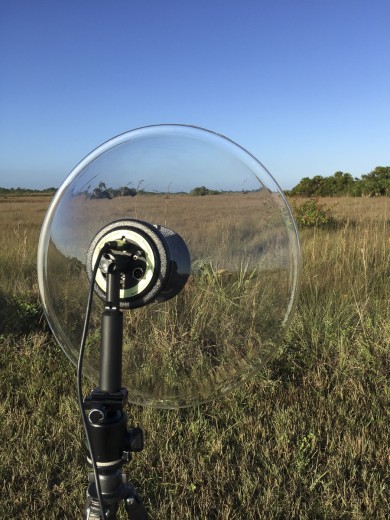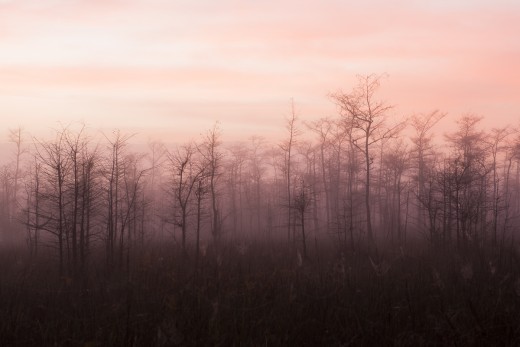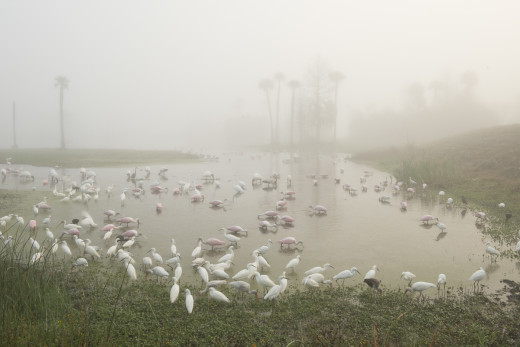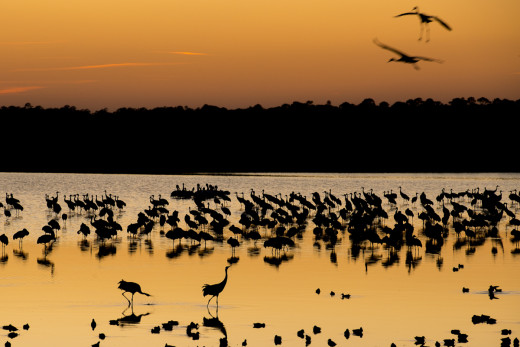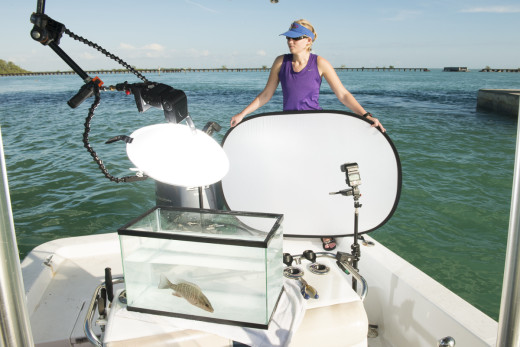One of my major goals for these first few weeks of field work is to run all my new equipment through its paces and figure out exactly what it is capable of and to get comfortable using it. One of the new pieces of equipment that I am using is a parabolic microphone made by Wildtronics, who have generously supported Filming Florida by providing me with the microphone. Over the past week I’ve been doing a fair amount of testing with this microphone and wanted to share a few of the recordings that I have made. The three recordings are of an Eastern Meadowlark, Boat-tailed Grackle, and White-eyed Vireo.
So what is a parabolic microphone and what do I use it for? Well, a parabolic microphone is the audio equivalent of a telephoto lens. Basically, it is a highly directional microphone that allows you to isolate specific sounds in an environment and ignore the rest. That is an over simplification of course, but you get the idea. Parabolic microphones are those microphones often seen on the sideline of sporting events with the giant plastic dish that looks a bit like a sattelite dish. The dish is what helps to isolate the sound and makes it very directional.
One of the cool things about this microphone when compared to other parabolic microphones that I have used is that it not only provides a single highly directional microphone but has an additional pair of stereo microphones to pick up more of the local environmental sounds as well. Each of these microphones are recorded on separate channels so you have control over how you mix them together in post. For example, I used the stereo microphones to record the ambient soundscapes used in the Dawn in Sweetwater Strand film that I released earlier this week.
